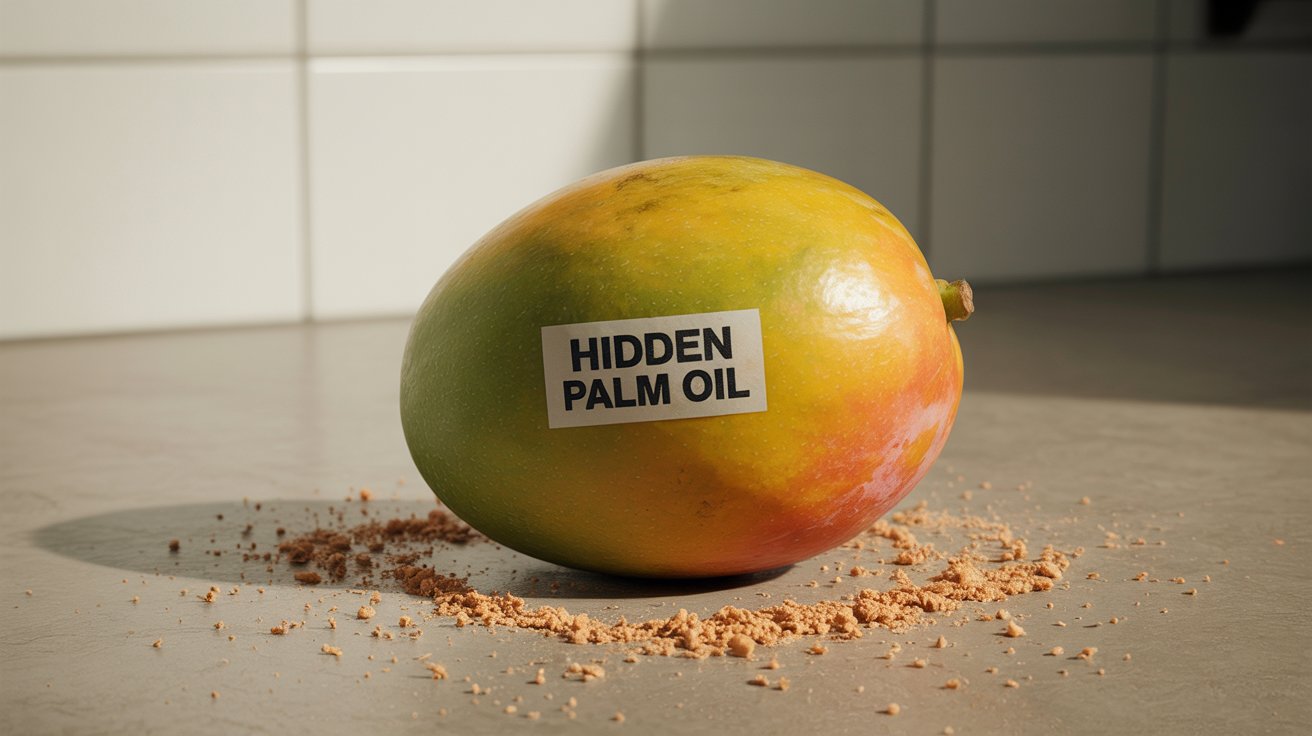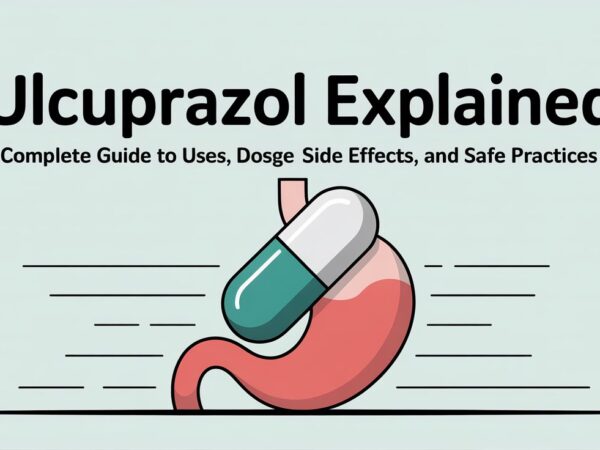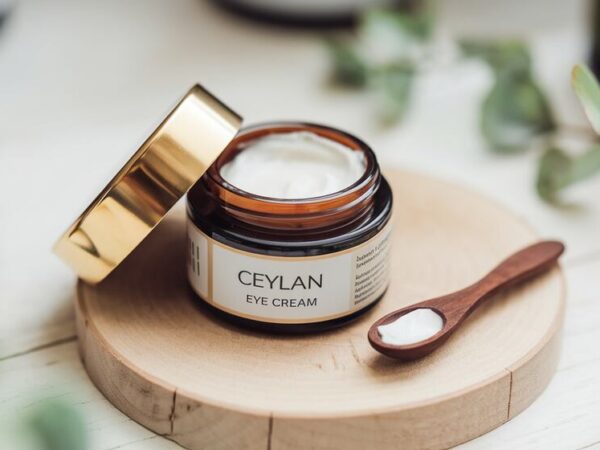Hidden Palm Oil: Discovering the Other Names Used on Labels

Introduction
Palm oil is one of the most widely used vegetable oils in the world. It is present in countless everyday items, from food products and cosmetics to cleaning supplies and even biodiesel. However, consumers often struggle to recognize palm oil on product labels because manufacturers list it under a variety of scientific, chemical, or alternative names. These aliases make it challenging for people who want to avoid palm oil for environmental, ethical, or health reasons. This article explores the many other names for palm oil, explains why they exist, and offers a detailed guide to spotting them on product labels.
Why Are There Other Names for Palm Oil?
Manufacturers rarely label palm oil directly. Instead, they use generic or technical terms that can mask its presence. For instance, many food labels simply say “vegetable oil” or “vegetable fat.” In some cases, labels state, “contains one or more of the following,” followed by a list that might include palm oil. Cosmetic and personal care companies often list ingredients by their International Nomenclature of Cosmetic Ingredients (INCI) names, such as sodium palmate or glyceryl stearate, which the average shopper may not recognize as palm-derived.
These variations exist for several reasons: to comply with labeling laws, to shorten ingredient lists, or to make formulations sound more appealing. As a result, identifying palm oil requires a deeper understanding of its many alternative names.
Core Synonyms and Obvious Identifiers
The most direct other names for palm oil include variations that clearly reference “palm.” Some of the most common examples are:
- Palm oil
- Palm fruit oil
- Palm kernel oil (PKO)
- Palm olein
- Palm stearin (or palm stearine)
- Fractionated palm oil
- Hydrogenated palm oil
These names are relatively easy to spot since they contain the word “palm.” However, as we will see, not all aliases are this straightforward.
Scientific and Botanical Names
Palm oil is extracted from the fruit of the oil palm tree, scientifically known as Elaeis guineensis. On certain technical ingredient lists or scientific publications, the oil may be listed under this botanical name. Additionally, the palm oil industry uses abbreviations to differentiate between its many fractions, such as:
- PKO (Palm Kernel Oil)
- PKS (Palm Kernel Stearin)
- PKOo (Palm Kernel Olein)
These terms are less obvious to general consumers but are important to recognize, especially on more technical ingredient declarations.
Generic and Regional Umbrella Terms
One of the trickiest other names for palm oil is simply “vegetable oil” or “vegetable fat.” These terms are legally acceptable in many regions, especially when products contain blends of oils. For example, a cookie package may list “vegetable oil (contains one or more of the following: palm, soybean, sunflower).” In such cases, palm oil is often the cheapest and most commonly used option.
Shortening is another generic label where palm oil frequently hides. Margarines, processed snacks, and baked goods often use shortening derived from palm oil because of its stability and long shelf life.
Food Additives and E-Number Aliases
In processed foods, palm oil may not appear as “oil” at all. Instead, it is broken down into components used as emulsifiers, stabilizers, or additives. Common examples include:
- E471 – Mono- and diglycerides of fatty acids
- E472a–f – Esters of mono- and diglycerides (acetic, lactic, citric, etc.)
- Glycerol monostearate (GMS)
- Sorbitan esters
- Vitamin A palmitate
Although these additives can be derived from other vegetable oils, palm oil is one of the most common sources due to its affordability and versatility.
Cosmetic and Personal Care INCI Names
In the cosmetic and personal care industry, ingredients derived from palm oil are often disguised under their INCI names. Examples include:
- Sodium palmate
- Sodium palm kernelate
- Sodium palmitate
- Cetyl alcohol, stearyl alcohol, cetearyl alcohol
- Isopropyl palmitate, ethylhexyl palmitate, ascorbyl palmitate
- Glyceryl stearate
- Stearic acid, palmitic acid, palmityl alcohol
- Sodium lauryl sulfate (SLS), sodium laureth sulfate (SLES)
These chemical-sounding names rarely mention “palm,” making it difficult for consumers to connect them to palm oil. However, many surfactants, foaming agents, and emulsifiers in shampoos, soaps, and lotions come directly from palm.
Spotting Patterns: Syllables That Signal Palm Oil
A practical way to detect other names for palm oil is to look for certain word fragments that frequently appear in palm-derived ingredients. These include:
- Palm- (palmate, palmitate, palmitic)
- Kernel- (kernelate, palm kernelate)
- Laur- (lauryl, laureth)
- Stear- (stearic, stearate, stearine)
- Glyc- (glyceryl, glycerides, glycerin)
Once familiar with these patterns, shoppers can quickly identify potential palm-based ingredients without memorizing every single alias.
Category-Based Breakdown of Palm Oil Aliases
A) Food Labels
- Vegetable oil/vegetable fat
- Palm fruit oil, palm kernel oil
- Palm olein, palm stearin
- Mono- and diglycerides (E471)
- GMS and sorbitan esters
- Vitamin A palmitate
B) Cosmetics and Personal Care
- Sodium palmate, sodium palm kernelate
- Cetyl, stearyl, and cetearyl alcohols
- Glyceryl stearate, stearic acid, palmitic acid
- Isopropyl palmitate, ethylhexyl palmitate
- SLS and SLES surfactants
C) Household and Cleaning Products
- Soap bases with sodium palmate/kernelate
- Surfactants like sodium lauryl sulfate and sodium laureth sulfate
- Alkyl polyglucosides (sometimes palm-derived)
Long-Form A–Z Examples
To give a clearer picture, here are examples of palm-related terms often found across different product types:
- Palmate, palmitate, palmitic acid, palmitoyl compounds
- Glyceryl stearate, hydrogenated palm glycerides
- Sodium palmate, sodium palm kernelate
- Sodium laureth sulfate, sodium lauryl sulfate
- Ascorbyl palmitate, isopropyl palmitate, ethylhexyl palmitate
This alphabetized style makes it easier for consumers to cross-check ingredient lists quickly.
When Ingredients May or May Not Come from Palm Oil
Some ingredients are commonly palm-based but can also be derived from other oils, such as soy, rapeseed, or coconut. These include glycerin, cetyl alcohol, stearyl alcohol, and emulsifiers like E471. Without brand transparency or certification, it is difficult to know for certain whether these are palm-derived.
A Quick Label-Checking Workflow
To efficiently identify palm oil on labels, consumers can follow a simple three-step process:
- Check for umbrella terms like “vegetable oil” or “vegetable fat.”
- Look for word fragments such as palm-, palmit-, stear-, laur-, or glyc-.
- Cross-check additives and E-numbers like E471 or E472.
Finally, when in doubt, verify through brand statements or certifications such as RSPO (Roundtable on Sustainable Palm Oil).
Frequently Asked Questions
Is “vegetable oil” always palm oil?
Not always, but palm oil is often the main component because it is inexpensive and versatile.
Are “palm-free” soaps truly free of palm derivatives?
If the label avoids sodium palmate or sodium palm kernelate, then yes. However, some “palm-free” claims only exclude crude palm oil while still using palm-derived chemicals.
Does E471 always mean palm oil?
No. E471 can come from different vegetable oils, but palm is one of the most common sources.
Glossary of Key Terms
- Palm olein: The liquid fraction of palm oil.
- Palm stearin: The solid fraction of palm oil.
- PKO (Palm Kernel Oil): Oil from the seed kernel of the fruit.
- INCI: International Nomenclature of Cosmetic Ingredients.
- RSPO: Roundtable on Sustainable Palm Oil, a certification system for sustainable palm production.
Conclusion
Palm oil is everywhere, yet it rarely appears under its most obvious name. From food products to beauty creams, companies rely on dozens of other names for palm oil, making it difficult for consumers to avoid. By understanding the common synonyms, scientific terms, INCI names, and even the word fragments that hint at palm origins, shoppers can make more informed choices. Whether for ethical, environmental, or dietary reasons, this awareness empowers individuals to align their purchases with their values.
Do Read: Ulcuprazol Explained: Complete Guide to Uses, Dosage, Side Effects, and Safe Practices







